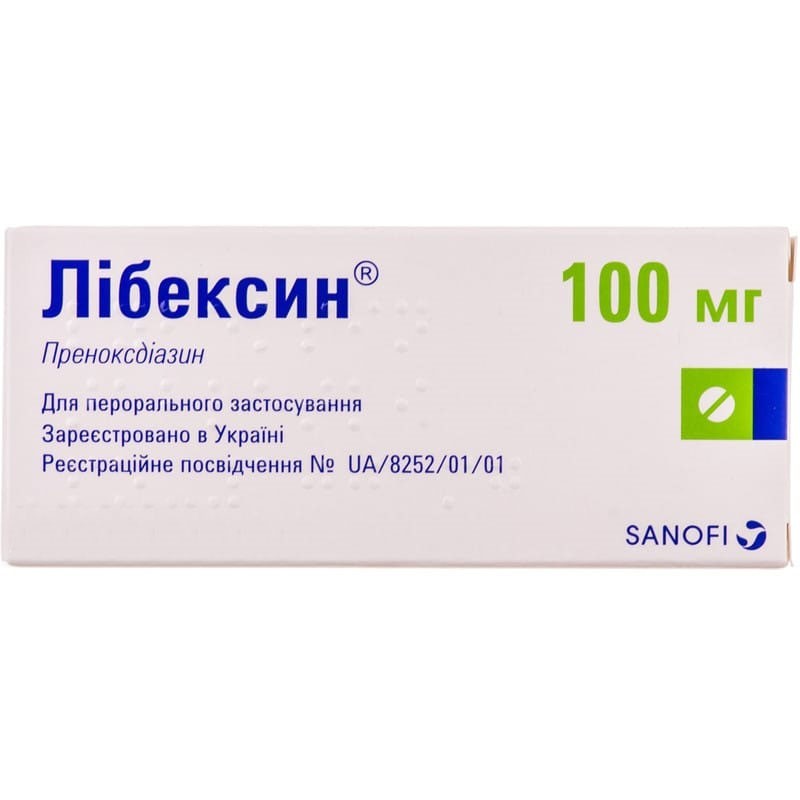



 Secure and encrypted payment processing
Secure and encrypted payment processing We ship to over 40 countries including the USA, UK, Europe, Australia and Japan
We ship to over 40 countries including the USA, UK, Europe, Australia and Japan Guaranteed refund or reship if you haven't received your order
Guaranteed refund or reship if you haven't received your orderPrenoxidiazine (3- (2,2-diphenyl-ethyl) -5- (2-piperidino-ethyl) -1,2,4-oxadiazole hydrochloride) is a synthetic antitussive drug with a peripheral effect. has a local anesthetic effect: reduces the excitability of peripheral sensory receptors; It has a direct antispasmodic effect, prevents the development of bronchospasm. the central effect is slightly expressed: it has a inhibitory effect on the cough center without respiratory depression.
Quickly and well absorbed in the stomach after ingestion. The maximum concentration in the blood plasma is reached 30 minutes after administration, the therapeutic level in the blood plasma is maintained for 6-8 hours. It is metabolized in the liver with the formation of 4 metabolites; only 30% of the drug is excreted unchanged. Within 1 hour after taking 55–59% of the drug, it binds to blood plasma proteins. The half-life is 2.6 hours. For 24 hours, 93% of the administered dose is excreted from the body, of which 50% is excreted in the feces and 50% in the urine.
Acute or chronic cough of various origins, mainly unproductive (acute and chronic bronchitis, flu, pneumonia, emphysema, nocturnal cough in patients with heart failure, preparing patients for bronchoscopic or bronchographic examination).
Tablets must be swallowed without chewing. otherwise, the drug may cause temporary numbness, numbness of the oral mucosa.
Adults are usually prescribed 100 mg 3-4 times a day, if necessary, the dose can be increased to 200 mg 3-4 times a day or 300 mg 3 times a day.
The average dose for children over 6 years of age, depending on age and body weight - 25-50 mg 3-4 times a day (for 1/4–1/2 tablets 3-4 times a day), the maximum single dose is 100 mg, the maximum daily dose is 200 mg.
In preparation for bronchoscopy, a dose of 0.9–3.8 mg / kg of body weight is prescribed simultaneously with 0.5–1 mg of atropine 1 hour before the procedure.
Diseases with profuse bronchial hypersecretion, postoperative conditions (after inhalation anesthesia), age up to 6 years.
Rarely - dry mucous membranes of the oral cavity and pharynx, allergic reactions (skin rash, angioedema), very rarely - gastralgia, constipation (corrected by diet, in some cases it may require the use of mild laxatives). in case of exceeding the maximum recommended doses, mild sedation and increased fatigue may occur. these symptoms disappear a few hours after using the drug.
With the formation of difficult to separate, thick sputum, expectorant and mucolytic agents should be prescribed. due to the lack of data on embryotoxicity during pregnancy, the drug is prescribed with extreme caution. in patients with lactose intolerance, the drug can cause dyspeptic symptoms due to the lactose content in the tablets.
Not described.
Not described.
At a temperature of 15–25 ° C.